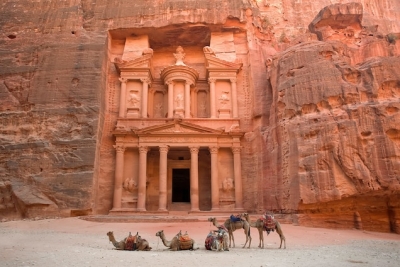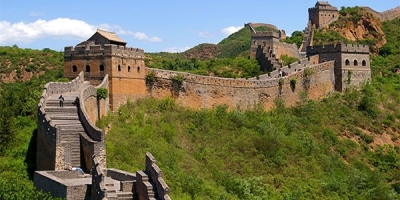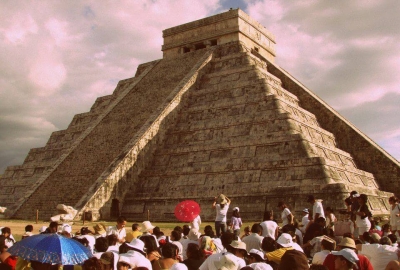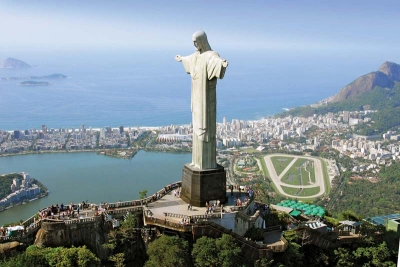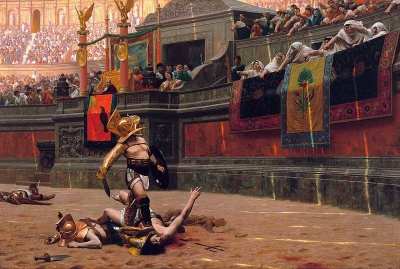
For most of us in the U.S., corned beef and cabbage is synonymous with St. Patrick’s Day. But its association with the holiday isn’t an Irish tradition. It is a uniquely American tradition, a blending of both history and opportunity.
Corned beef has been around for centuries and has been a staple in many cultures, including most of Europe and the Middle East. It gets its name from the “corns” or large grains of salt used to cure the meat. Ireland became known for exporting corned beef in the 17th century after British land owners brought cattle into Ireland. But the Irish people couldn’t afford to eat it themselves. Their traditional dishes used corned pork instead, and they relied heavily on nutrient-dense potatoes to survive.
In the 18th century, when large numbers of Irish immigrants came to the U.S., they brought with them the idea of beef as a luxury. So when they found salted beef brisket was cheap in the States, they were quick to replace their traditional “Irish bacon.” Nutrient-dense cabbage was also readily available and affordable, and a dish combining the two became a staple for working classes across the country.
As St. Patrick’s day evolved into a celebration of Irish heritage and nationality for Irish-Americans, corned beef and cabbage became a holiday tradition for consumers across the nation.
According to USDA’s Market News, part of the Agricultural Marketing Service (AMS), St. Patrick’s Day was the the single largest promotional period for beef brisket cuts in 2012. Prices were 21% lower, on average, than they were during the rest of the year. A full third of supermarket ads promoting corned beef were in the Northeast, with the Southeast (primarily Florida) coming in second.
St. Patrick’s Day is also the biggest holiday for fresh, green cabbage consumption in the U.S., with New Year’s Day running a distant second. In 2012, St. Patrick’s Day supermarket ads had cabbage for 47% less than the average price for the rest of the year. By comparison, at New Year’s, the price was only 22% less than the yearly average.
Whether you’re one of the 34.5 million Americans who claim Irish ancestry or not, as you celebrate the holiday this weekend, you may be honoring two traditions from those early Irish immigrants: corned beef and cabbage... and good, affordable ingredients.
Credit : USDA
Picture Credit : Google










